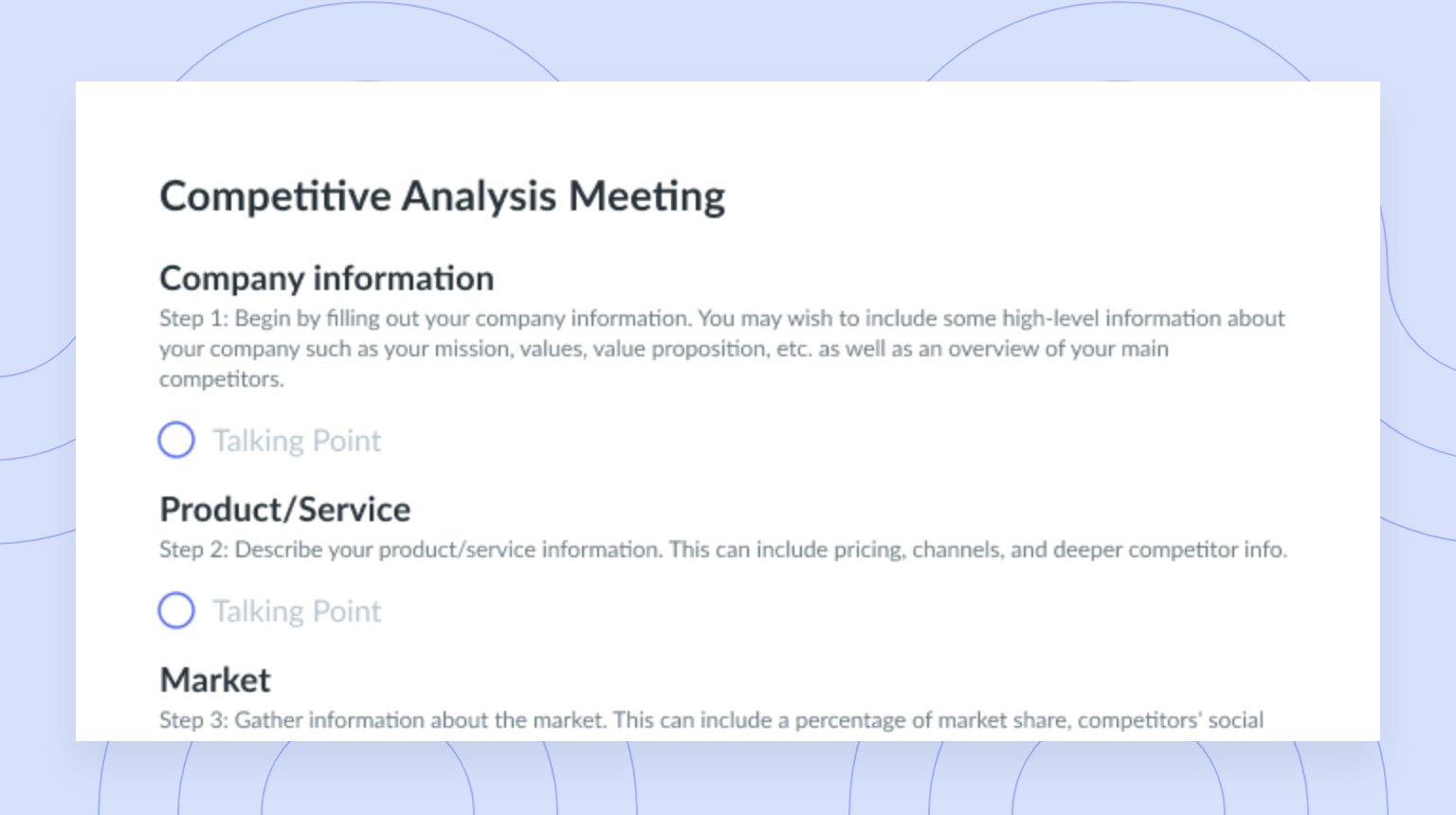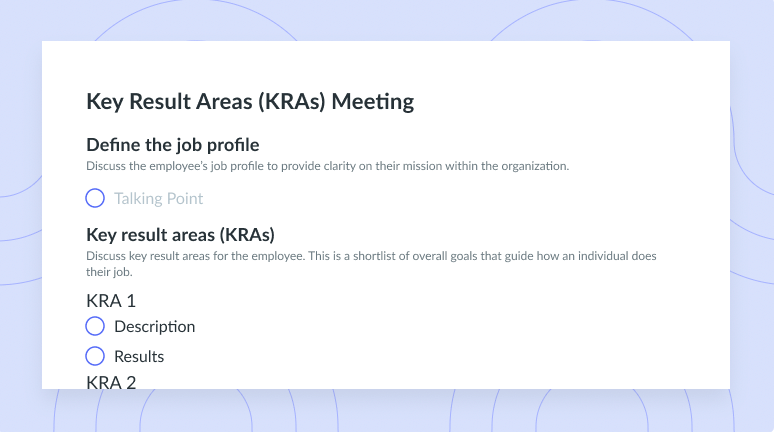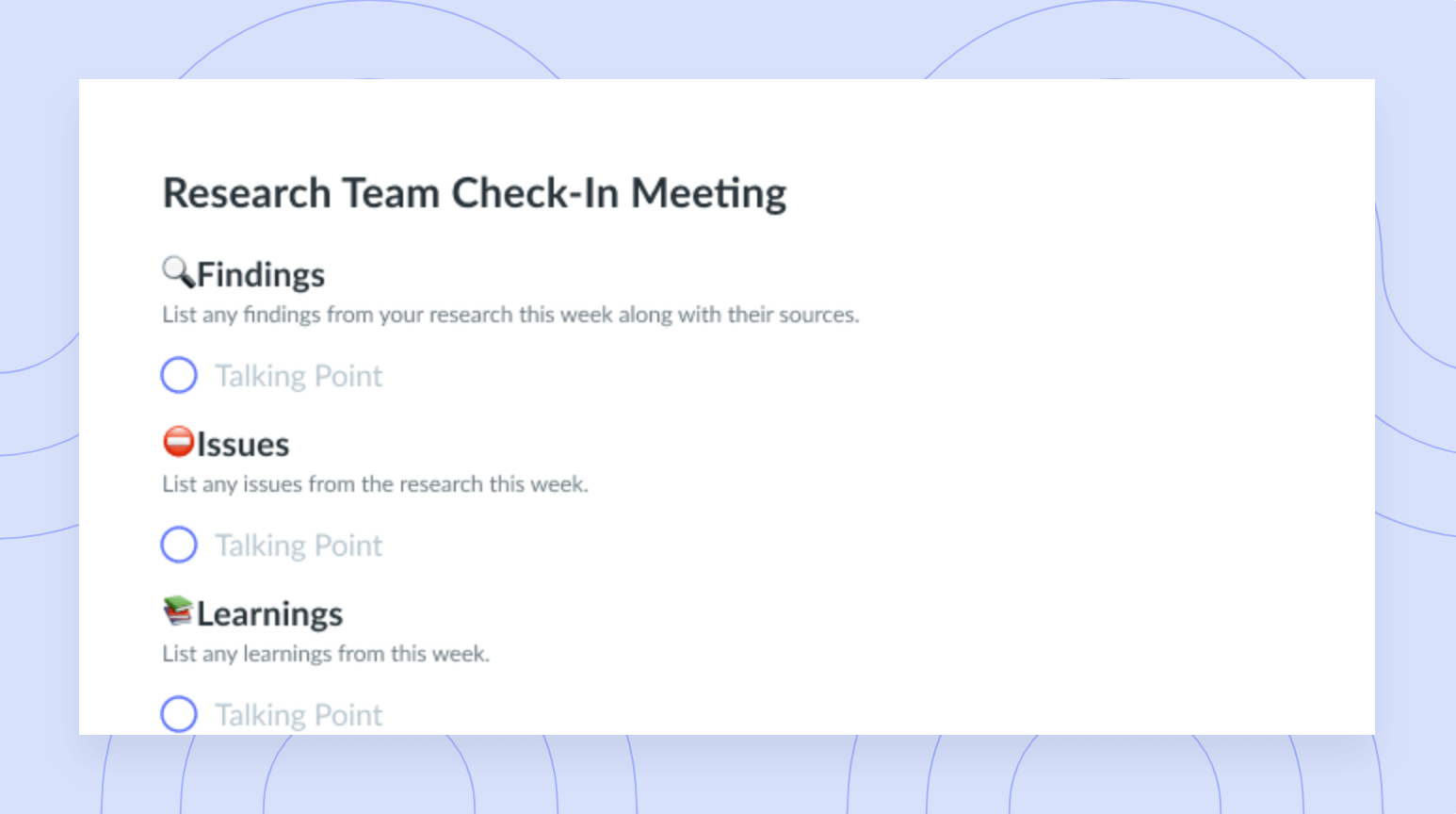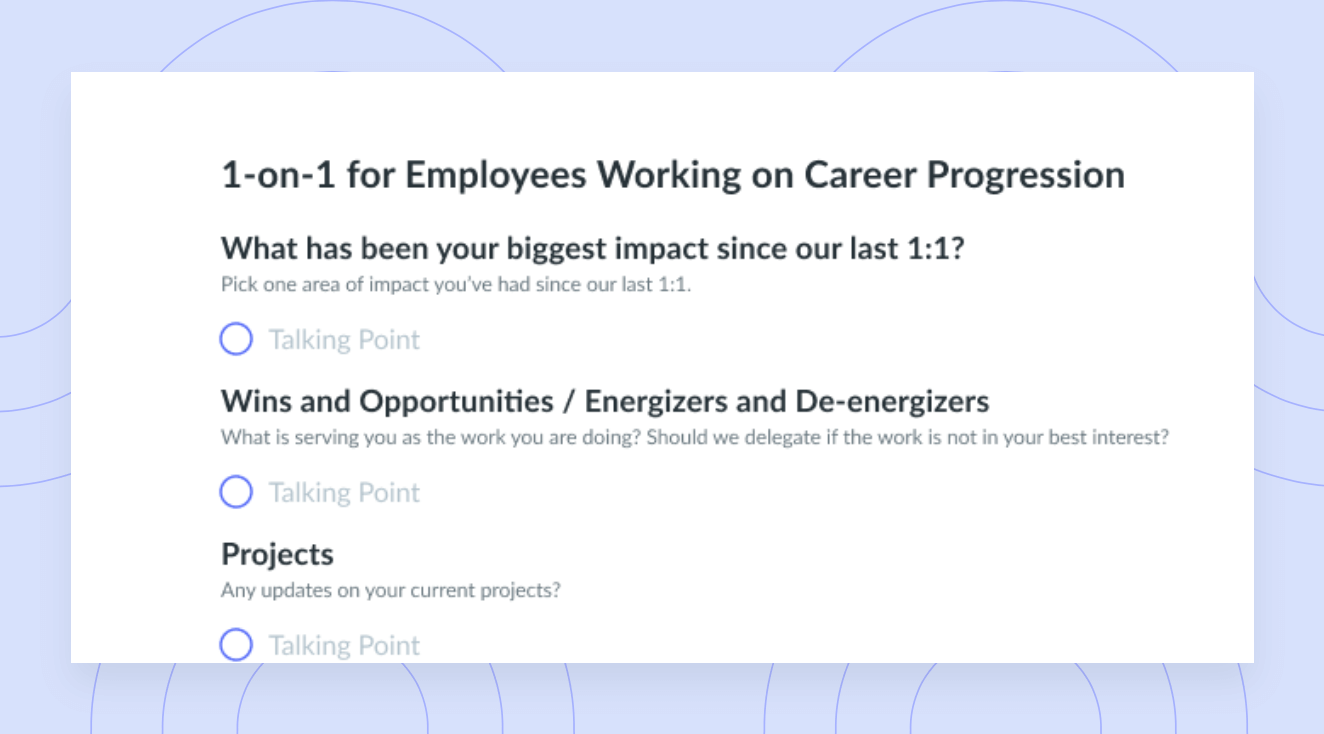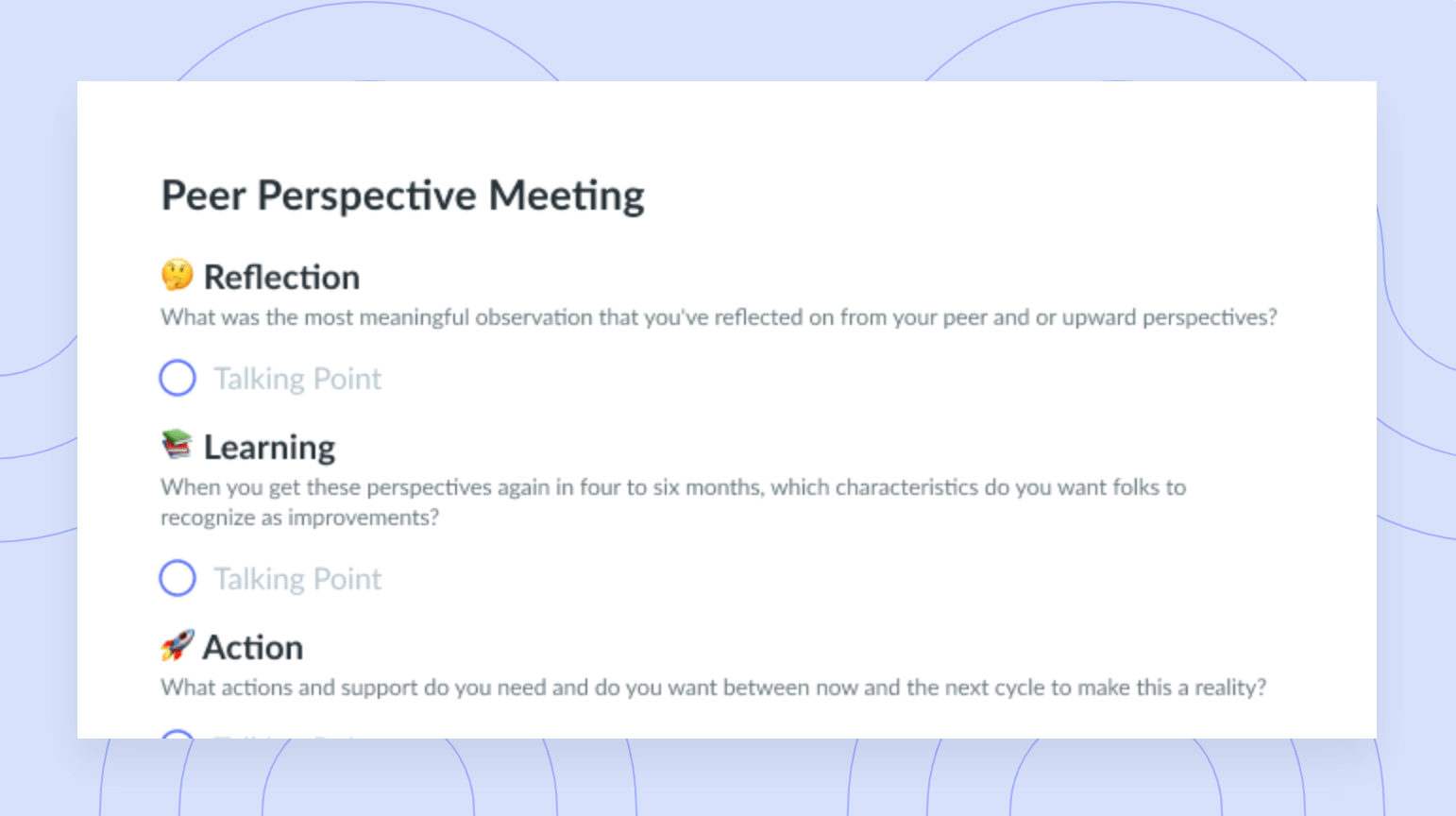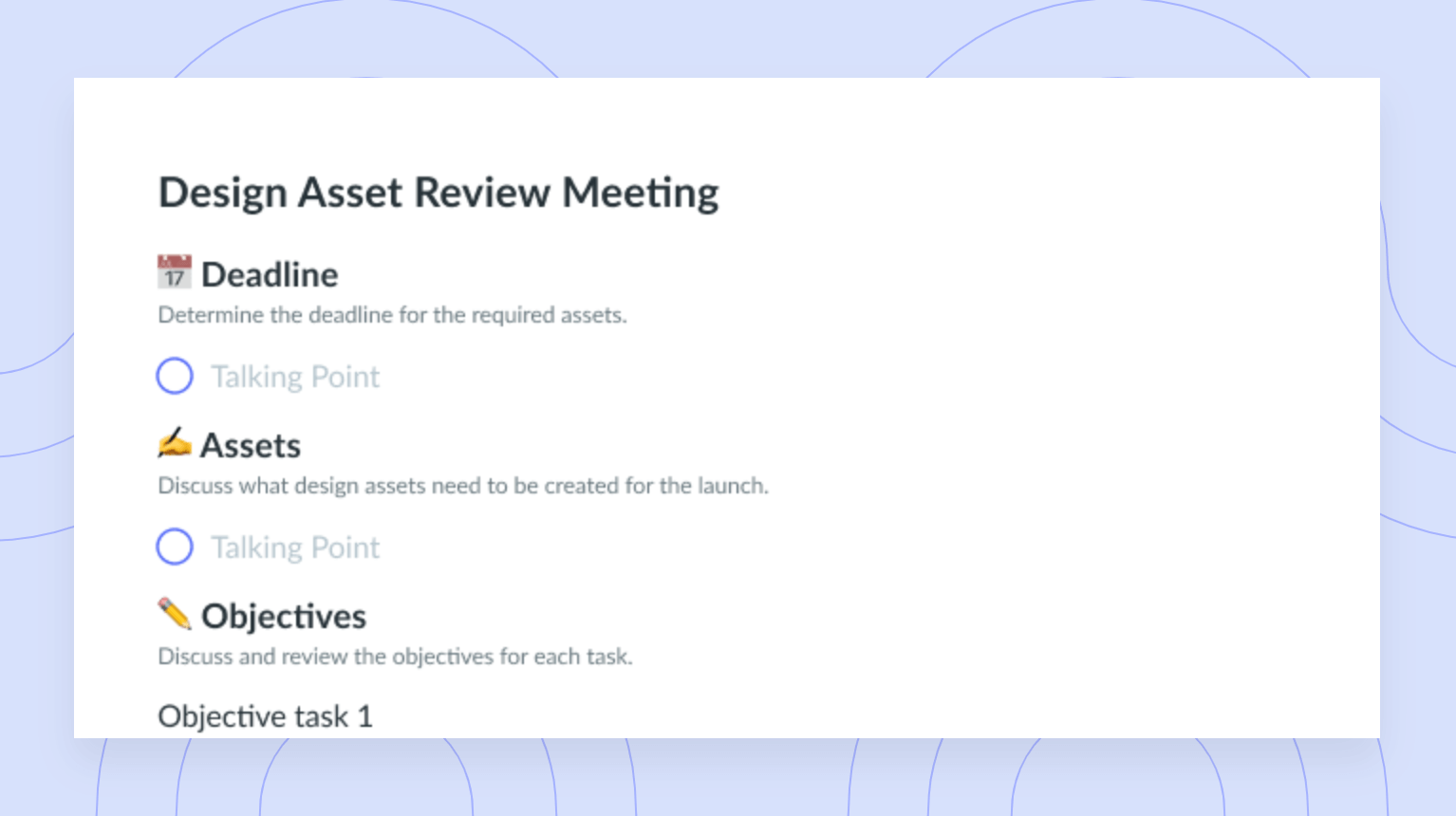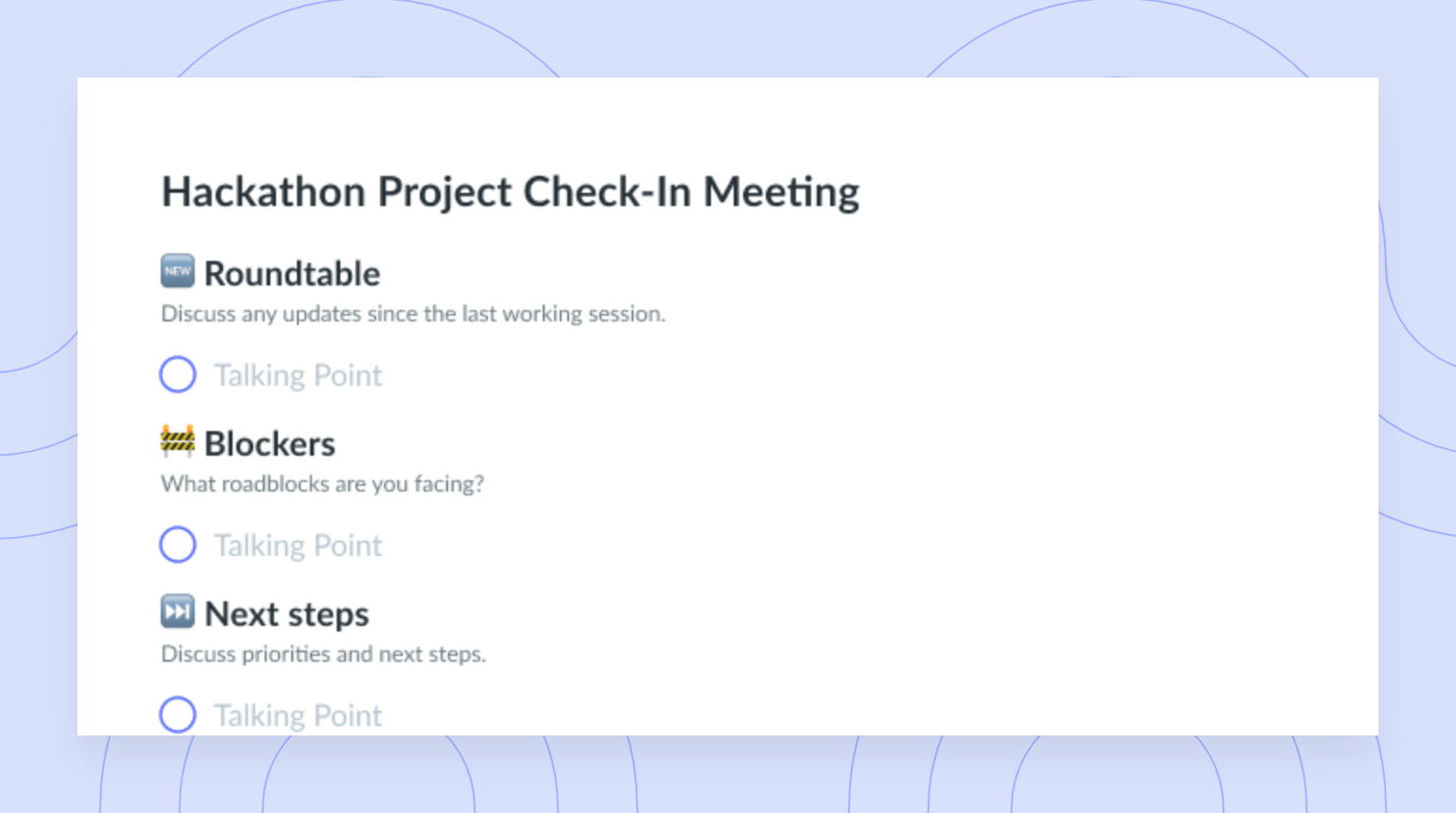Eat the Frog: Time Management Technique You Should Try
The Eat the Frog technique is a reliable way to be more productive if you’re a procrastinator. Learn how you can use it in your work life.
“Eat a live frog first thing in the morning, and nothing worse will happen to you the rest of the day.” This pearl of wisdom from famed author Mark Twain still holds up today – even if eating an actual frog may seem a step too far. Productive folks of all stripes have used Twain’s advice for modern situations, creating the widely known Eat the Frog technique. But what is this technique, and how does it help the average team member? Below are the answers to these questions and some more about why you should just eat that frog.
- What is “eat the frog”?
- Why does eating the frog work?
- How do you apply the “eat the frog” technique?
- Who is ‘eat the frog’ best suited for?
What is “eat the frog”?
The Eat the Frog technique is a time management skill that motivational speaker Brian Tracy named in 2001. It came from the title of his book Eat That Frog! 21 Great Ways to Stop Procrastinating and Get More Done in Less Time. It’s all about finishing your most dreaded task first – procrastinators often do their smallest tasks first and put off the bigger ones. But if you’re a procrastinator, you know that, as you do your work, those bigger tasks loom larger and larger until there’s no avoiding them.
Letting a task get to that point generally isn’t great for your mental health. It can also influence your work for the worse. If you eat the frog instead, that difficult task is already done, and your smaller tasks will be a walk in the park.

Take control of your tasks
Prioritize your tasks and have them organized in one place to keep track of what needs to get done and when. Try using a tool like Fellow!
Why does eating the frog work?
So, now you have an idea of what eating the frog means, but that’s only part of the picture. In fact, there are so many reasons why eating the frog is one of the most reliable productivity methods out there. Below are some reasons why it’s an excellent technique to keep in your toolbox.
- It encourages deep work
Deep work refers to putting everything you’ve got toward a task, reaching full concentration without distraction, and doing your best work. Of course, getting to that level of focus requires a distraction-free environment. The typical workday isn’t exactly great for that.
Eating the frog often leads to better focus – the most challenging tasks often need the most effort. When you start your workday with smaller projects, you likely won’t need to work as hard. That soft start can make it harder to get into a deep work mindset later.
- It gives you control over your schedule
Since smaller tasks often take less focus, you might get distracted more easily as you work on them. Answering emails, phone calls – it can all pull you away. Though these tasks are relatively minor, you know full well that a clogged inbox can eat away at your work hours.
As a result, what others need you to do winds up dictating your schedule, not what you need to do. Eating the frog encourages you to take back control of your schedule, prioritizing your tasks with the worst one at the top of the list.
- It leads to better use of your time
Maybe you want to work at the same pace throughout the day, but you go through that classic lull after lunch. That’s not just a feeling: Science has shown we get sleepier between 1 and 3 p.m. That tiredness can take you out of the zone in the back half of your workday. Eating your frog first thing in the morning means you work on it with a clearer mind. It also helps your brain naturally wind down over the rest of the day.
- It’s simple and flexible
Eating the frog is such a reliable time management technique because it’s maybe the simplest one. It’s not a full-on overhaul like other ways to overcome low productivity, and you can use it in nearly every situation. It also has the most immediate benefit: Doing bigger tasks sooner and better.
How do you apply the “eat the frog” technique?
The crux of this technique is to do the biggest, least enjoyable thing on your list so you stop procrastinating. This way, every assignment you do afterward doesn’t include the background added stress of a major upcoming project. Of course, you aren’t going to literally eat a live frog (nothing will quite compare to that) – here’s how to “eat” the frog.
- Define your biggest goal
- Break it down into smaller steps
- Set a deadline
- Create a task list and organize it
- Eat that frog the first chance you get
1 Define your biggest goal
Before you can eat the frog, you have to decide which task is your frog. The simplest way to do this is to find the task that you shy away from even thinking about. Take note of that task: It’s more than likely the biggest frog on your plate.
If you’re having trouble narrowing down your biggest goal, an Eisenhower matrix can help. It simply requires you to sort your tasks into four quadrants:
- Tasks you don’t want to do but need to do.
- Tasks you both want and need to do.
- Tasks you want to do but don’t need to do.
- Tasks you neither want nor need to do.
You’ll most likely find your frogs in the first quadrant, and you can prioritize tasks from there.
2 Break it down into smaller steps
While not always necessary, it can help to break down the biggest projects into smaller steps. Trying to eat a “full course meal,” so to speak, in one sitting can be daunting. Breaking it into smaller portions that you “eat” throughout the week helps keep you motivated to finish it.
3 Set a deadline
A big task with a deadline that’s weeks down the line can quash your productivity. That’s because it’s easy to overestimate how quickly you can complete the task and say you have plenty of time to do it. But, what often happens is your deadline sneaks up on you, and you have to rush to turn something in. Setting a deadline for your frog helps you entirely sidestep that issue.
4 Create a task list and organize it
While you may have found your biggest frog, there are likely other assignments to factor in too. Making a list of everything you need to do and organizing them by priority can help you keep on track. And since your frog is the most important task, make sure to put it at the top of the list. From there, you can schedule your day based on what you need to do and when.

5 Eat that frog the first chance you get
The second you sit down to work, eat your frog. Don’t let any smaller tasks distract you from the main goal for that day – any of them can make you less productive. That ties right into one of the best time management tips to help you make better use of your workday: Stick to your schedule. Commit to finishing a step of your big project every day to potentially build more positive work habits.
Who is ‘eat the frog’ best suited for?
While the technique works in just about any setting – office or not – it’s most common on teams and in workplaces. But while you might want to boost your productivity, the reasons you’re not as productive can vary. If any of the below reasons you’re struggling with time management sounds like you, then eating the frog might help.
- You often hit a wall on essential projects
As mentioned earlier, the time of day can affect your overall productivity. Generally, your brain is at its most focused and alert in the morning after a good night’s rest. The intensity of work can slowly chip away at your focus over the course of the day until you’re tired and ready to clock out.
You have a better chance of coming up with creative solutions for your work toward the start of your workday. That’s not to say you can’t be creative later on! It’s just that your mind can only work so hard before it needs to rest.
- You’ve been looking for a simpler productivity system
Eating the frog isn’t the only productivity technique out there, but it’s special because it boils down to one step: Do the hard work first. Of course, there can be more to the process, but, ultimately, if you can recognize your frog, you can eat it at your leisure. You might do better with that simplicity than with more complex productivity methods.
- You’re frequently pulled from one task to another
Most business environments are home to all kinds of distractions that can keep you away from your actual task list. Too many meetings, overloaded inboxes, and requests from your team can quickly fill your schedule. In other words, you’re left focusing on things you’re asked to do rather than things you need to do. The “eat the frog” technique instead encourages time blocking to help you set a schedule that keeps you focused on one thing at a time.
- You stress about the size of your task list
Maybe you have too much to do and too little time in the day. Or maybe you just have an inefficient schedule that makes it seem like you’re not doing enough as your task list only grows larger. Eventually, this lopsided schedule could lead to low motivation to do your work because it’s just more on the pile. Eating the frog can help you set more realistic goals to give you momentum that carries you through the workweek.
- You procrastinate
Perhaps more than anyone else, procrastinators benefit from this technique. Think about it: If you keep kicking the can down the road on something, that’s probably because it’s big and overwhelming. But what if you just did it first? You’d be eating the frog and not even leaving behind a can to kick.
A main course of success
Struggling with procrastination and a lack of productivity can lead to even small tasks giving you anxiety, never mind the bigger projects. But you can do everything on your list – all it takes to get back on track is a little focus and organization. Fellow, for example, can help you take back control of your schedule. Its Streams feature gives you a convenient place to store and organize your to-do list – there will never again be a frog you can’t eat.









